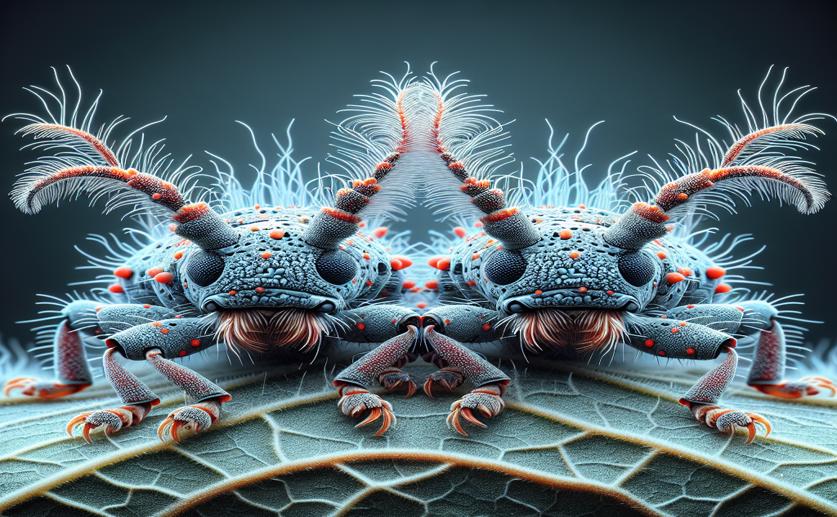
Discovering Two New Leaf-Miner Species in China
Jenn Hoskins
17th October, 2023

Image Source: Natural Science News, 2023
References
Main Study
1) The leaf-mining genus Lyonetia Hbner from China, with descriptions of two new species (Lepidoptera: Yponomeutoidea: Lyonetiidae).
Published 17th October, 2023
https://doi.org/10.11646/zootaxa.5357.1.4



 13th December, 2023 | Phil Stevens
13th December, 2023 | Phil Stevens